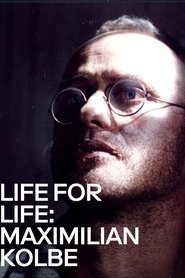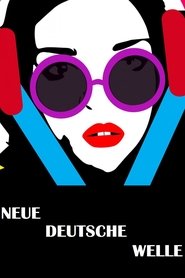
2024
playlist_add 
2023
playlist_add 
2023 star_border 9
playlist_add 
2022
playlist_add 
2017 star_border 10
playlist_add 
2016 star_border 8
playlist_add 
2016
playlist_add 
2016 star_border 6
playlist_add 
2016
playlist_add 
1991 star_border 6.1
playlist_add 
1988
playlist_add 
1971
playlist_add 
1971
playlist_add 
1970
playlist_add 



